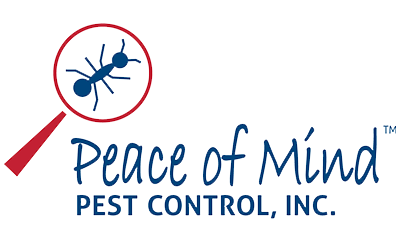A vibrant garden offers beauty and tranquility, but pests can quickly turn it into a messy and unsightly battleground.
From ants tunneling through the soil to termites gnawing on wooden structures, these unwanted visitors are a major threat to plant health and outdoor enjoyment. Tackling these issues requires vigilance, knowledge, and strategic action. This guide unpacks practical steps to safeguard gardens and landscapes, drawing insights from pest behavior and proven management practices.

Understanding Common Garden Invaders
Knowing which pests frequent gardens form the first line of defense. Ants, for instance, often colonize moist soil and protect aphids—a double threat to plants. Cockroaches thrive in damp, cluttered areas, while rodents like mice and rats burrow near foundations or nibble on crops. Termites target decaying wood, compromising fences or sheds. Spiders, including black widows, hide in dark corners, posing risks during maintenance tasks. Hornets and wasps build nests in shrubs or eaves, becoming aggressive when disturbed.
Each pest leaves distinct signs: chewed leaves, mud tubes, or visible nests. Recognizing these clues early helps tailor responses effectively.
How Regular Checks Keep Pest Problems In Check
Routine inspections conducted by a professional pest control company are the first and biggest step you can take to prevent issues from escalating. But you can also do much as a homeowner until the experts arrive.
For example, you can take a regular walk through your garden, examining the area for holes, stems for unusual markings, and soil for ant hills. You can also take this time to check for wooden structures for termite mud tubs. These are thin, dirt-colored trails that you’ll find along surfaces.
Inspect compost piles for rodent activity and keep bins tightly sealed. Look under the rocks or mulch for where spiders might lurk, but be careful. Also, when you monitor your garden, you have to make seasonal adjustments, too. Spring invites ants and termites, while autumn drives rodents indoors. Documenting findings helps track patterns, making it easier to spot new threats before they spread.
Creating a Hostile Environment for Pests
Modifying habitats deters pests without harsh chemicals. Remove standing water in pots or trays to discourage mosquitoes and cockroaches, trim overgrown shrubs and grass to eliminate hiding spots for rodents and spiders, and replace wood mulch with alternatives like gravel near structures to reduce termite attraction and introduce plants that repel invaders naturally.
Debris and clutter serve as pest magnets. Even something well-meaning, like composting, can draw pests, especially if you don’t turn it regularly to accelerate decomposition and reduce odors.
Finally, physical defenses add an extra layer of protection. Install mesh screens around raised beds to keep rodents from digging and seal cracks in garden walls or fences with caulk to block ant entry points. For flying pests like hornets, hang decoy nests to trick them into avoiding the area and wrap tree trunks with protective guards to deter crawling insects. These barriers require minimal upkeep but offer long-term resistance against invaders.
Of course, the best way to keep your garden and landscape pest-free is still to rely on the advice of professionals who do this day in and day out. Regular inspections, when paired with habitat adjustments and erecting strategic barriers, can help form a strong defense against common invaders.





